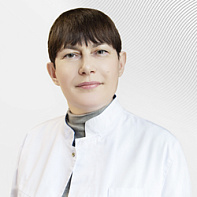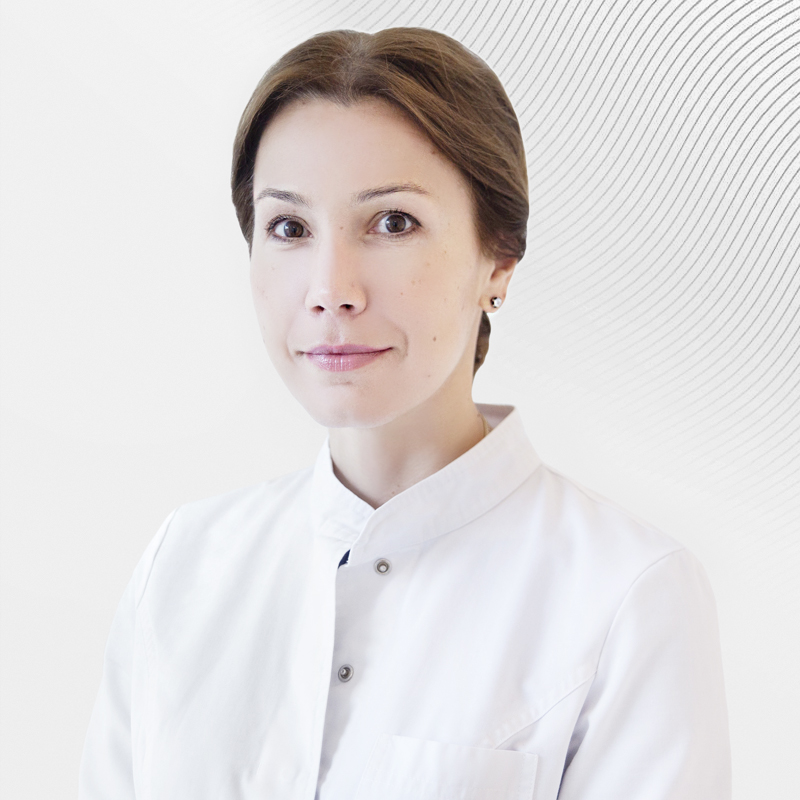
Coronary angiography is a digital image of the arteries of the heart obtained by filling them with a special X—ray—transparent liquid - a radiopaque substance. Coronary angiography is considered the "gold standard" for the diagnosis of coronary heart disease.
Coronary angiography allows you to see the cause of the disease, quantify the degree of narrowing of the arteries and in some cases, using special tools, eliminate this narrowing directly in the X-ray room.
Preparation for coronary angiography
The day before the study, it is necessary to exclude from the diet foods that provoke fermentation — juices, fresh fruits and vegetables, rye bread, and also refrain from overeating. You can drink unlimited amounts, preferably non-carbonated drinking water. The day before the study, you need to drink at least 1.5 liters of water — this will reduce the risk of adverse reactions of the body to the introduction of an X-ray contrast agent.
Before the examination, it is necessary to warn the doctor about any chronic diseases and possible reactions to medications, about allergies to iodine preparations and local anesthetics. Breakfast is excluded on the day of the study, but you can continue to take medications prescribed by your doctor.
Within 6-8 hours after the procedure, you also need to drink plenty of water — at least two liters of water.
Coronary angiography procedure
The patient is placed on the angiography table in a supine position. A local anesthetic injection is performed at the site of the future intervention. Depending on the purpose and protocol of the study, the radial artery on the arm or the femoral artery on the leg may be punctured, more often on the right. A special device, an introducer with a hemostatic valve, is installed to sequentially change catheters and reduce blood loss during the study. Catheters are inserted into the heart area, through which a radiopaque substance is delivered and a cinema angiography is performed in several projections for a detailed study of all segments of the arteries of the heart. This process may be accompanied by a feeling of warmth, but by no means pain! If something bothers you, you don't need to put up with it, immediately inform your doctor about the changes in your well-being.
After removal of the introducer from the artery through which the intervention was performed, the puncture hole is "sutured" or the vessel is manually pressed into the area of the intervention until the bleeding stops.
Rehabilitation after coronary angiography
Traditionally, coronary angiography is considered an inpatient procedure.
If a patient is undergoing coronary angiography with transfemoral access (by puncture of the femoral artery), then due to the anatomical features of this area, it is difficult to track the adequacy of hemostasis (stopping bleeding) after the intervention, and the patient needs bed rest and medical supervision for at least 12 hours, provided that the so-called "suturing" puncture devices are not used.
If the patient is undergoing coronary angiography by the transradial method, through a puncture of the radial artery, then in this case, due to the more superficial occurrence of the vessel, it is easy to control the stop of bleeding and after 6 hours the patient can be released home
.
Both of these methods have their advantages and disadvantages, therefore, it is necessary to determine the tactics of intervention after consulting with the attending physician and the operating surgeon.
Advantages of coronary angiography in EMC
- Coronary angiography in Moscow, at the European Medical Center, is performed using the innovative ARTIS zee biplane Siemens biplane angiography system.
- At our center, coronary angiography is performed by highly qualified doctors with unique experience in X-ray endovascular interventions on heart vessels and trained in hospitals in the United States of America and the European Union.





.jpg)




